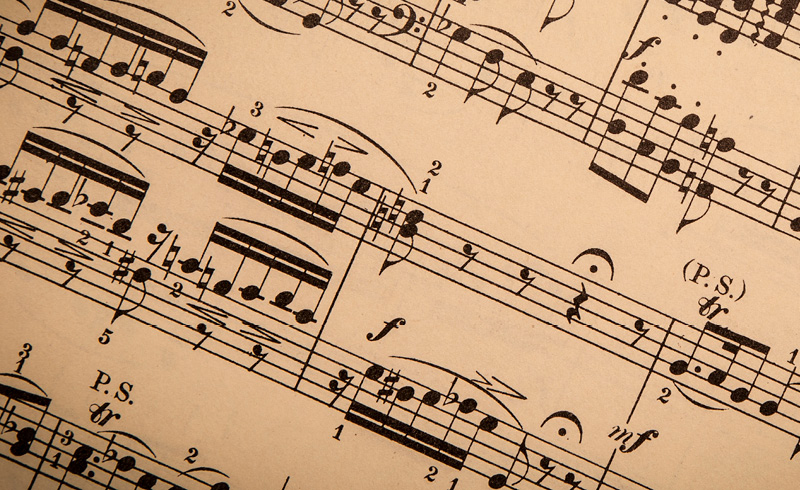
March 8, 2010
Sibelius’ Symphony No. 2 — beauty created amid chaos
 It was 1902 when Finnish composer Jean Sibelius finished his Symphony No. 2 – right at a time when his country was struggling with Russian oppression through extreme sanctions on the Finnish language and culture. While Finland fought for its independence as best it could, Sibelius’ composition became the unofficial light at the end of the tunnel – the voice of Finnish nationalism – and gave a renewed hope to the Finnish people, a perfect example of beauty created in the midst of chaos.
It was 1902 when Finnish composer Jean Sibelius finished his Symphony No. 2 – right at a time when his country was struggling with Russian oppression through extreme sanctions on the Finnish language and culture. While Finland fought for its independence as best it could, Sibelius’ composition became the unofficial light at the end of the tunnel – the voice of Finnish nationalism – and gave a renewed hope to the Finnish people, a perfect example of beauty created in the midst of chaos.
Art grows from the depths of the soul, and many of the greatest creations in history came to pass as a result of the artist’s emotional state and experiences. Just as German artist Käthe Kollwitz was deeply inspired by the atrocities she witnessed during Nazi-controlled Germany, and Beethoven’s love/hate relationship with Napoleon Bonaparte resulted in his Eroica Symphony, Sibelius, too, was influenced by the extreme oppression he lived in.
Regarded as one of his most popular works, the Slavic gloom present in many of Sibelius’ previous works is replaced with a “Mediterranean light” in Symphony No. 2. It was not only influenced by the optimism Finland tried to hold on to, but also by the Italian costal village where Sibelius was vacationing when he composed the piece.
Of the work, Finnish conductor and highly-acclaimed interpreter of Sibelius, Osmo Vänskä, explained its significance.
“The second symphony is connected with our nation’s fight for independence, but it is also about the struggle, crisis and turning-point in the life of an individual,” Vänskä said. “This is what makes it so touching.”
Hear this beautiful Symphony next weekend, with Hannu Lintu guest conducting his fellow countryman’s piece, along with Beethoven’s Leonore Overture No. 3 and Prokofiev’s Sinfonia Concertante for Cello and Orchestra, featuring German cellist Alban Gerhardt.






